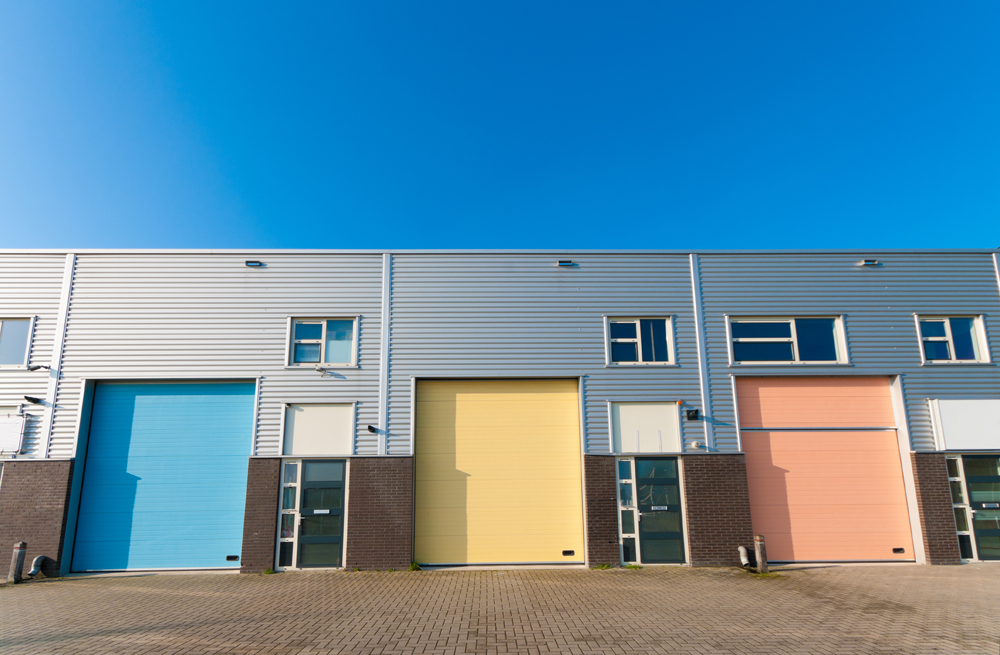Source: CoStar News
By: Mark Heschmeyer
Date Posted: November 16, 2016
One group of business owners hasn’t benefitted from the rebound in property prices. Once a real estate mainstay, owner/user purchases of commercial properties by small businesses have declined over the first three quarters of this year, reversing four straight years of increasing sales, CoStar Comps data shows.

Through the first three quarters of this year, owner/user purchases of office, industrial and retail properties ranged from $150,000 to $1.5 million and totaled $8.79 billion. That is down 11% for the same period last year.
By way of comparison, owner/user purchases of properties of more than $1.5 million are ahead of last year’s pace: $20.76 billion for the first three quarters of this year vs. $19.7 billion for the same period last year, which marked a post-recession high.
Higher property prices may be to blame. Property prices in the small business category have been skyrocketing from a low in 2012 of $51.46 per square foot. At the end of September 2016, the average price per square foot for this category had climbed 28% to $66.08 per square foot, fast approaching the 2009 average price peak of nearly $69 per square foot.
By property type, office properties sold in the $150,000 to $1.5 million price range bought by owner/users climbed from an average of $91.12 per square foot in 2012 to $98.61 per square foot at the end of the third quarter of 2016.
Retail prices for such properties bottomed in 2013 at $85.41 per square square foot and are now selling for more than office properties at an average of $99 per square foot.
Prices for industrial properties in the same price range have climbed from an average of $32 per square foot to $42 per square foot for the same period.
At the same time, banks have been cutting back on their real estate lending to small businesses.
Bank lending to small businesses secured by non-residential properties peaked in June 2008. Banks had more than 1.2 million such loans ranging from $100,000 to $1 million on their books at that time totaling $346.6 billion, according to data from the Federal Deposit Insurance Corp. That total had fallen 22% to $271.3 billion at the end of June 2016, the latest data available.
As an interesting side note though, banks make up five of the largest six sellers of properties to small business owner/users in the last two years. Wells Fargo accounted for about $37 million in such sales; PNC Financial Services, $26 million; Fifth Third Bank, $18.5 million; SunTrust Banks, $16.4 million; and Bank of America, $13.5 million, according to CoStar data.
Meanwhile, capital outlays by small businesses has been trending down, according to the National Federation of Independent Businesses, a small business trade group. The percentage of owners surveyed monthly making an outlay peaked for this recovery in July 2015 at 61% and held close to that through January 2016 but has faded since, according to NFIB’s October data.
The percent of owners planning capital outlays in the next three to six months was 27%, an historically weak number. Seasonally adjusted, the net percent expecting better business conditions fell 7 percentage points to a net negative 7%, which means that now, more owners expect that conditions will worsen. Only 9% of small business owners thought that now is a good time to expand.
Link to full article: CoStar-Small Business Lending Decline


